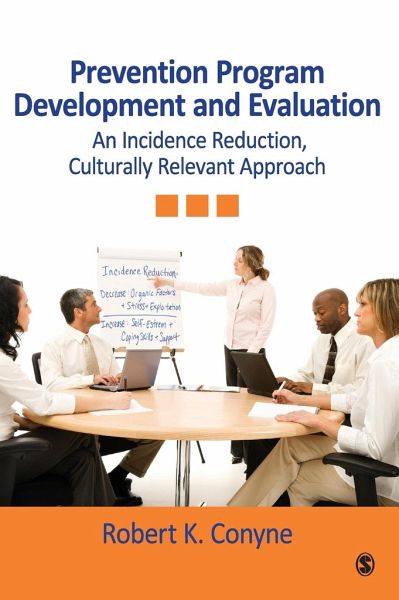
Prevention Program Development and Evaluation

PAYBACK Punkte
74 °P sammeln!
The use of seatbelts, the requirements for smoke detectors, and other kinds of public health interventions have been highly successful in reducing disability, injuries, and premature mortality. Prevention in mental health- identifying and treating mental illnesses before they become full blown syndromes or identifying people at risk for a condition-is just as critical to public mental health. This research-based resource gives practitioners a nuts-and-bolts guide to designing and evaluating prevention programs in mental health that are culturally relevant and aimed at reducing the number of ne...
The use of seatbelts, the requirements for smoke detectors, and other kinds of public health interventions have been highly successful in reducing disability, injuries, and premature mortality. Prevention in mental health- identifying and treating mental illnesses before they become full blown syndromes or identifying people at risk for a condition-is just as critical to public mental health. This research-based resource gives practitioners a nuts-and-bolts guide to designing and evaluating prevention programs in mental health that are culturally relevant and aimed at reducing the number of new problems that occur. Key Features Employs a 10-step prevention program development and evaluation model that emphasizes the concepts of community, collaboration, and cultural relevance Offers a brief, practical, how-to approach that is based on rigorous research Identifies specific prevention program development and evaluation steps Highlights examples of "everyday prevention" practices as well as concrete prevention programs that have proven, effective implementation Promotes hands-on learning with practical exercises, instructive figures, and a comprehensive reference list Intended Audience Written in a straightforward and accessible style, Prevention Program Development and Evaluation can be used as a core text in undergraduate courses devoted to prevention or in graduate programs aimed at practice issues. Current practitioners or policymakers interested in designing prevention programs will find this book to be an affable guide.














